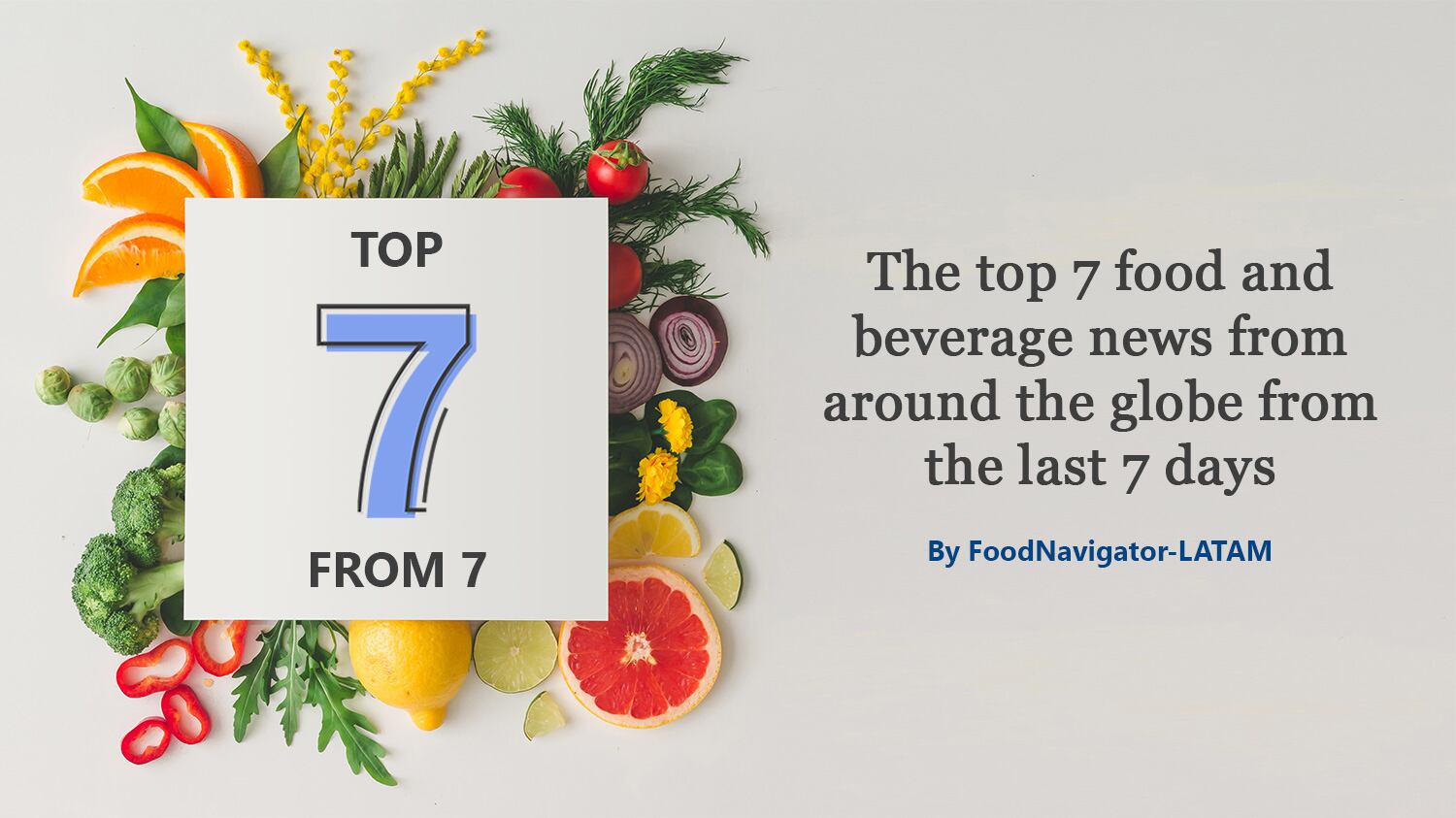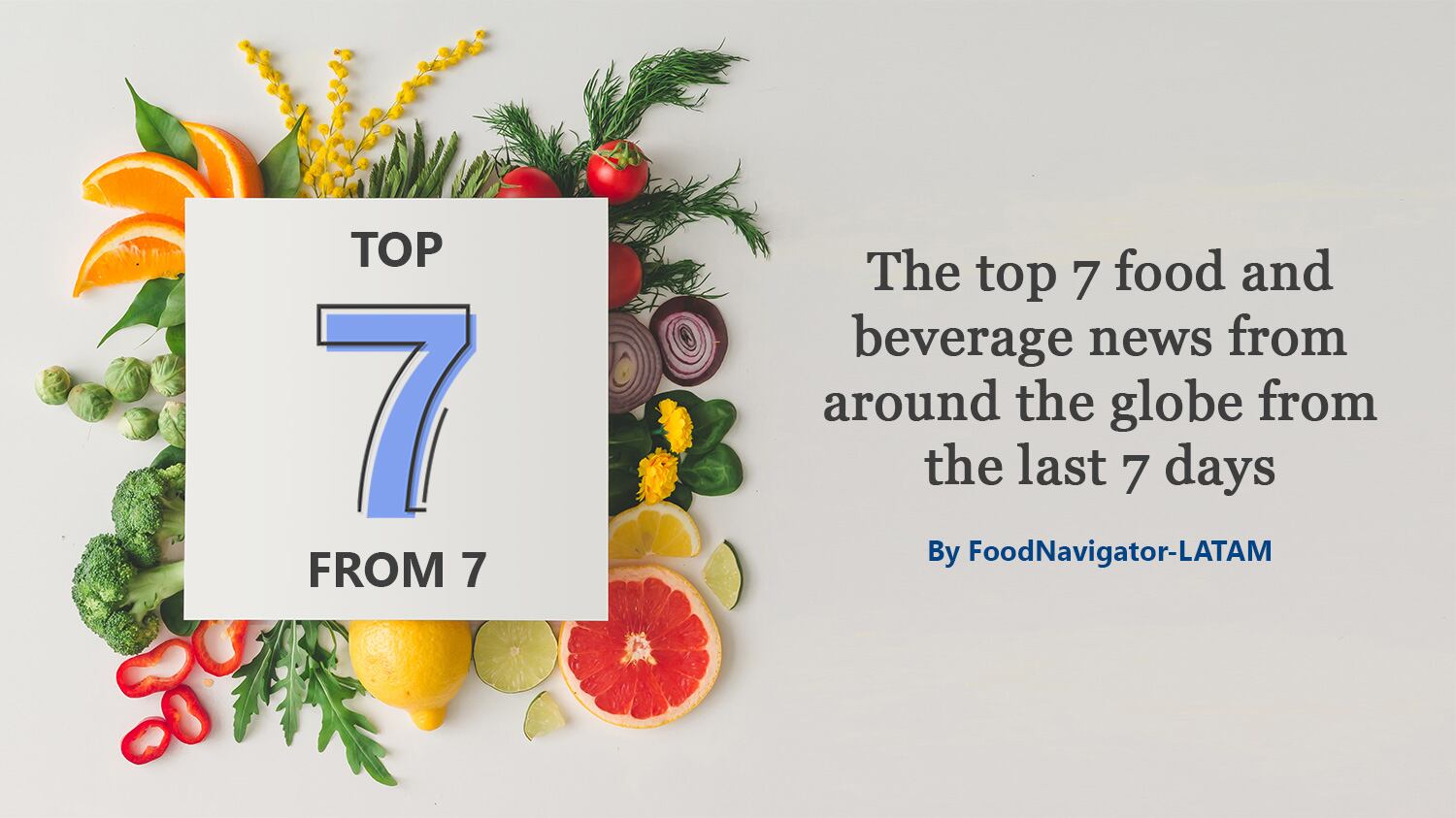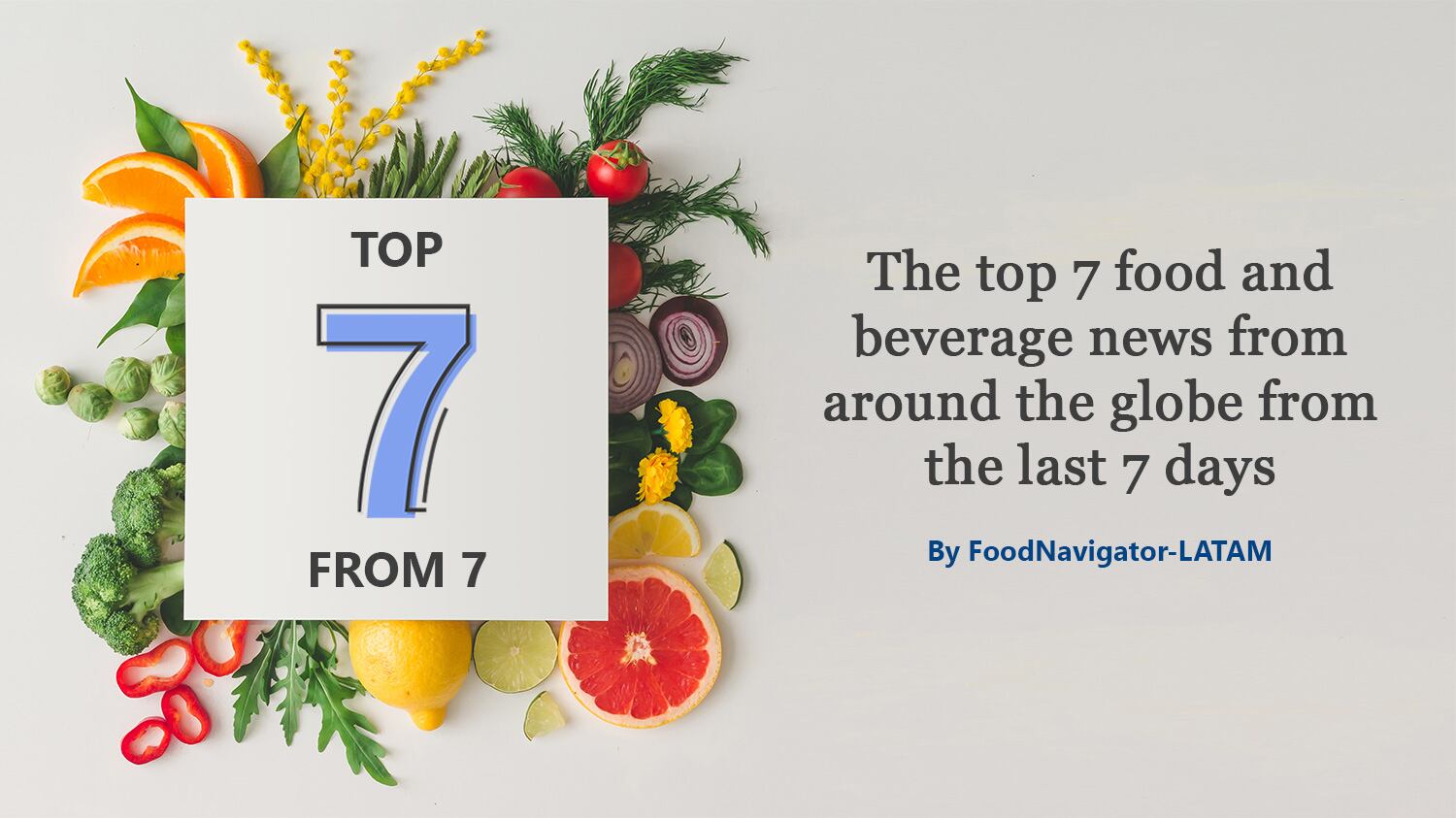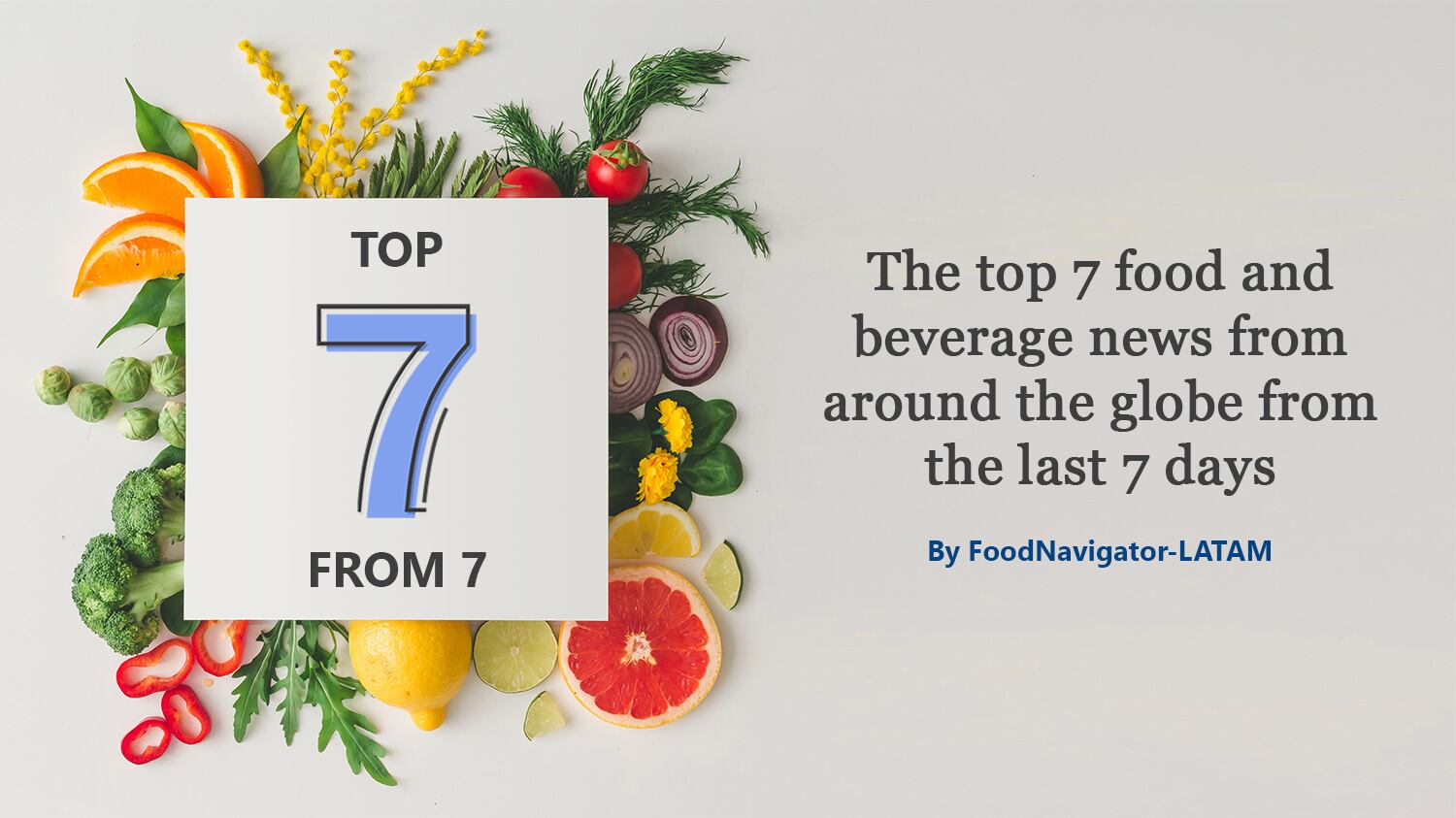USA
1. Cargill and DSM form JV for high-potency sweeteners
As reported by our US edition, ingredient giants Cargill and DSM are now teaming up in a bid to accelerate their development under the Eversweet brand.
While both companies have independently developed steviol glycosides via microbial fermentation, the new joint venture, dubbed Avansya, will produce “highly sought-after, sweet-tasting molecules, such as steviol glycosides Reb M and Reb D through fermentation, giving food and beverage manufacturers an even more scalable, sustainable and low cost-in-use solution than if these same molecules were extracted from the stevia leaf.”
According to a joint press release, DSM brings its biotech know-how to the partnership, providing R&D expertise, strain development and fermentation process development capabilities, as well as customer relationships in specific market segments; while Cargill brings application expertise and a global commercial footprint in the sweetener market, coupled with large-scale fermentation capacity with access to co-located, raw material suppliers in Blair, Nebraska.
By using yeast to convert sugars into these more desirable glycosides via a microbial fermentation process, Cargill and DSM say they can produce them more efficiently on a commercial scale, although the resulting sweeteners cannot be labeled as ‘stevia leaf extract’ on food labels (as they are not derived from the leaf) and must instead be described as Reb M and Reb D/steviol glycosides/Rebaudioside M and Rebaudioside D.
The 50:50 joint venture – which is expected to be finalized in the first quarter of calendar year 2019 - will make use of a new fermentation facility in Blair, which is expected to be operational by next summer.
2. Impossible Burger to launch in retail stores
The plant-based Impossible Burger will be available in US grocery stores next year, having debuted in high-end restaurant Momofuku Nishi in New York City in July 2016. The burger is already served at about 5,000+ restaurants in the US from White Castle to Fatburger, and about 100 restaurants in Hong Kong and Macau.
The move comes in response to “overwhelming demand from consumers” on social media. The company is not currently sharing details of the scope of the launch, pricing, merchandising tactics, or the names of potential retail partners.
For more on this story, please click HERE.
3. Bunge launches new non-GMO lentil flour
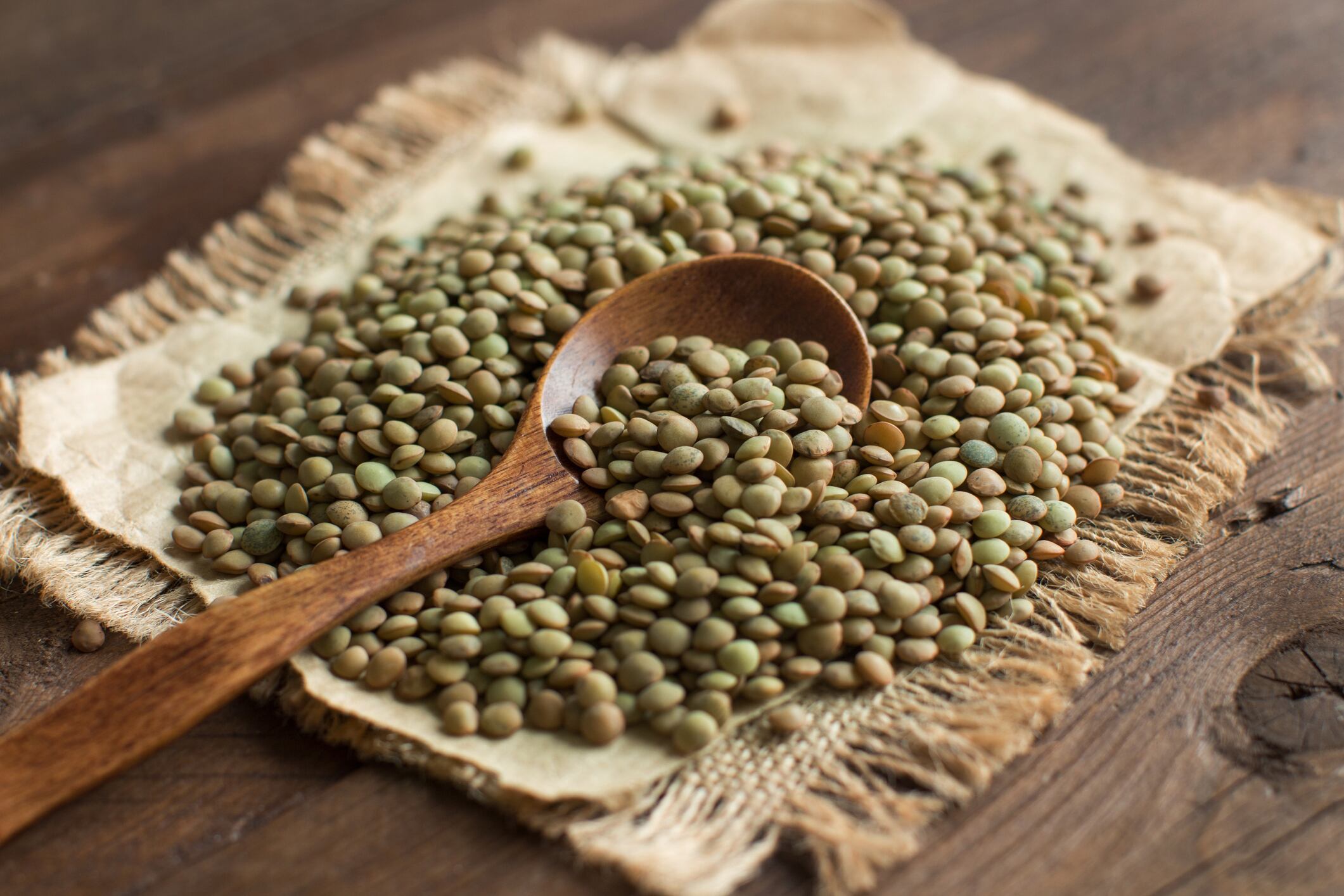
Bunge North America says the new lentil flour to its portfolio that the company says can serve as a “functional equivalent substitute” for modified starches and can be appear as “lentil flour” in an ingredient deck.
Appealing to consumers searching for clean-label ingredients, the new flour is made using non-GMO lentils, water, and heat.
“Unlike modified starches, which contain essentially no protein, Bunge’s lentil functional flour can boost protein content across formulations and help achieve ‘good source’, ‘excellent source’, and high protein claims, depending on the application,” explained Helbert Almeida, Bunge senior research & development fellow, US milling.
“It also offers all the nutrition of other pulse-based flours, including fiber, vitamins, and minerals, with a cleaner, more neutral flavor profile that is suitable for both sweet and savory applications.”
For more information on this new ingredient, please click HERE.
Europe
4. Europe leading the way for new product launches with almonds
According to new data from market research company Innova, 47% of global product launches using almonds last year were in Europe. A total of 5,017 new almond-based products were launched in Europe, out of a total of 10,589 globally, making the region number one for almond-based product launches for the 11th consecutive year.
However, the same figures from Innova Marketing Research shows there has been a 14% decrease in product launches using almonds in Europe since last year.
Almonds were the most favored nut for four out of five product categories: bakery, snacks, bars and cereals. In confectionery, hazelnuts still occupy the number one spot with almonds coming second.
Innova's Global New Product Launches Report identified the main claims manufacturers are making for almond-based products. Number one is ‘gluten-free’, which features on nearly one quarter (24%) of products, followed by ‘no additives or preservatives’ that appears on 15%.
5. What are the top 2 food attributes people are talking about on social media?

According to online conversation analysis from FrieslandCampina Kievit, it’s clean label ingredients and indulgent experiences.
The last two years have witnessed a “dramatic increase” in mentions of clean label in social media postings globally, says the analysis.
“The research shows that, while two years ago ownership of the topic ‘clean label’ seemed to be reserved for specialists and corporates, consumers nowadays embrace clean label as a trendy lifestyle,” said Gea de Groot, FrieslandCampina Kievit’s global product group manager for food ingredients. “They demand clarity on the ingredients of products they consume, enabling them to make conscious choices.”
At the same time as interest in clean label is on the up, FrieslandCampina Kievit found people are also talking more about indulgent products.
“The research shows that creaminess is a key driver of consumers’ search for indulgence,” said de Groot. “More specifically, we see that people crave experiences in taste and texture, preferably in ways that are Instagram-able. Last, especially on social media, we see a high number of engaged conversations on the umami trend. More specifically, there was a large number of discussions on instant noodles and Asian inspired soups and sauces.”
Asia
6. Vitasoy’s expansion continues
With mainland China now Vitasoy’s biggest and fastest growing market, the Hong Kong-based beverage maker has announced it is building a new plant in Dongguan, Guangdong province, China.
Product at the plant is planned to start in April 2021.
“Mainland China is now our biggest and fastest growing market. The new Dongguan production base will be Vitasoy’s biggest plant, but our commitment and determination goes beyond scale. The new plant will also provide us with adequate production capacity to support our future expansion,” said Winston Lo, the executive chairman of Vitasoy.
“We are determined to grow a healthy and sustainable business which can represent a model for the future and can contribute to the health of the communities we serve in Mainland China.”
Vitasoy manufactures and distributes plant-based food and beverages. It currently has manufacturing operations in Hong Kong, China, Australia, and Singapore, which supply products for about 40 markets worldwide.
7. China’s yogurt market lures international newcomers

Australian yogurt firms are eying a greater share of Southeast Asia’s growing yogurt market, with the region displaying a growing appetite for high-grade dairy products.
Yogurt consumption in the region has been increasing, with regional powerhouse China leading the charge. Growth of yogurt in China over the last five years has averaged 20% year-on-year, with the category surpassing plain milk in terms of value sales for the first time.
According to Euromonitor, yoghurt saw RMB122bn ($17.6bn) of sales in 2017, divided mostly among China’s dominant dairies: state-run Bright Dairy and private competitors Mengniu and Yili. With 70% of the market, these three have been able to charge higher prices for yogurt because of perceptions that it is more nutritious than milk and can be slimming.


